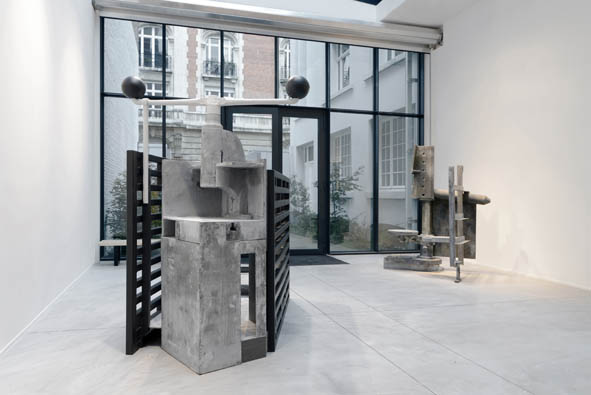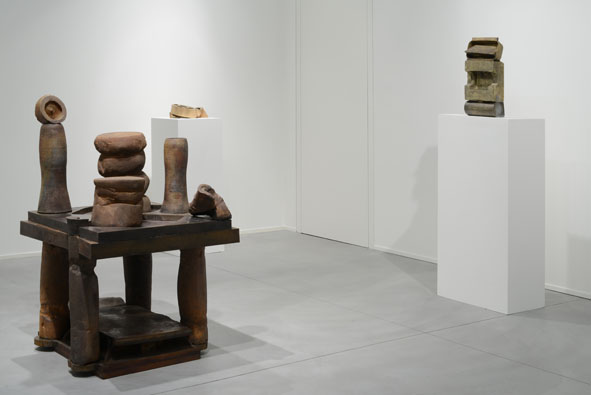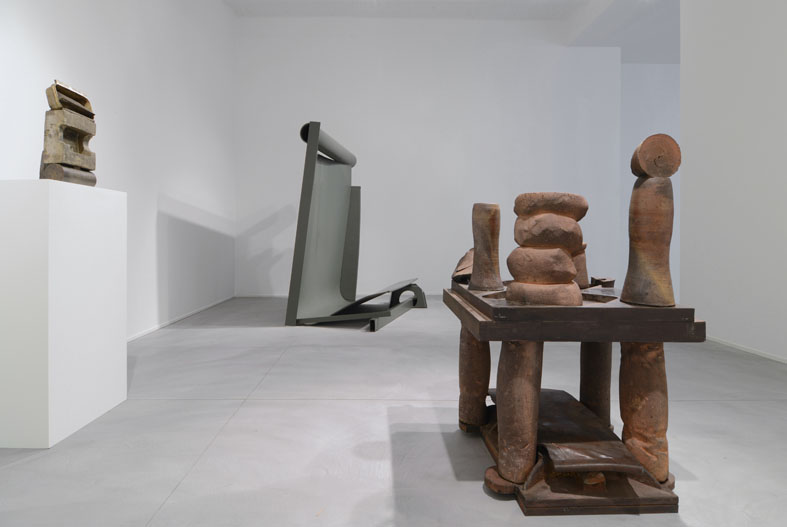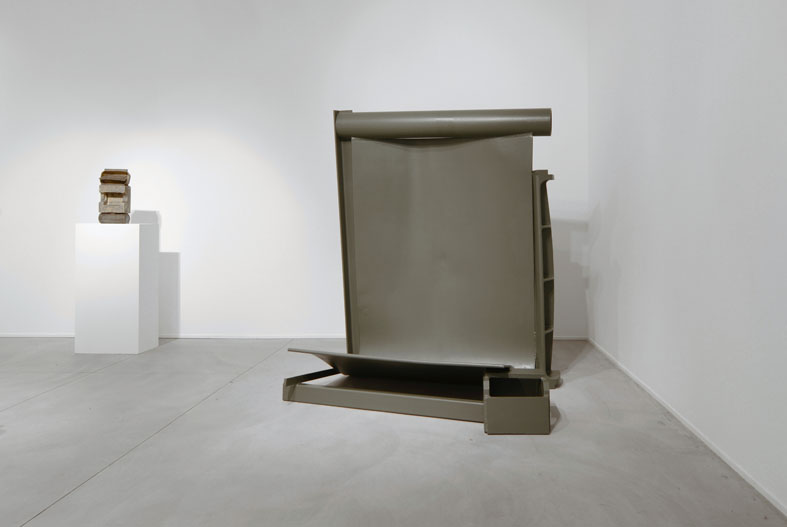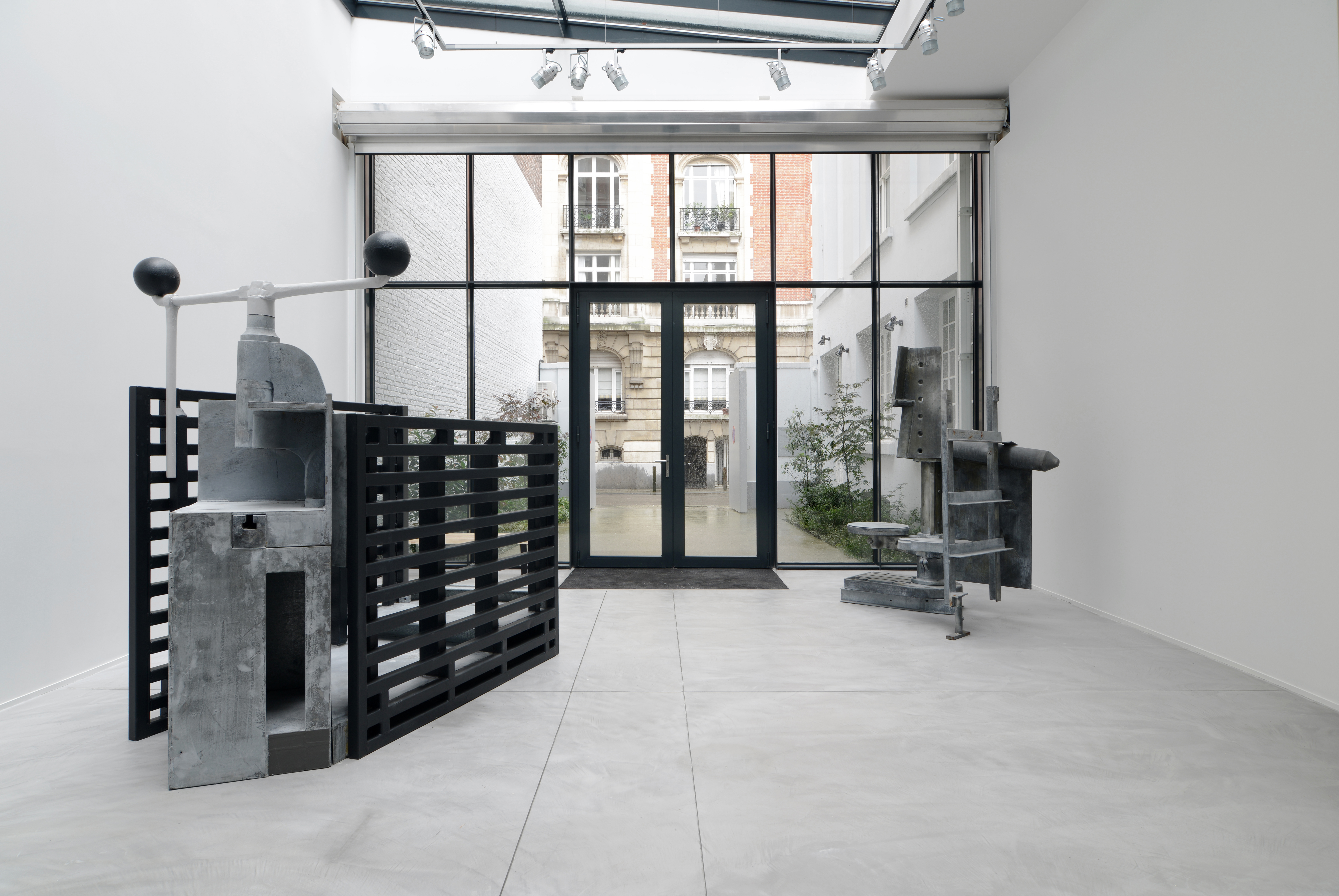
Anthony Caro
Sculptures Récentes
Gallery Daniel Templon is presenting a collection of recent works by master of contemporary sculpture Anthony Caro from November 7. Sir Anthony Caro died on October 23 aged 89. He had selected a series of metal – steel, brass and bronze – sculptures for the new space of the gallery in Brussels. This exhibition shows the extraordinary creativity and ditto energy of an artist who never stopped inquiring the manifold ways of abstraction.
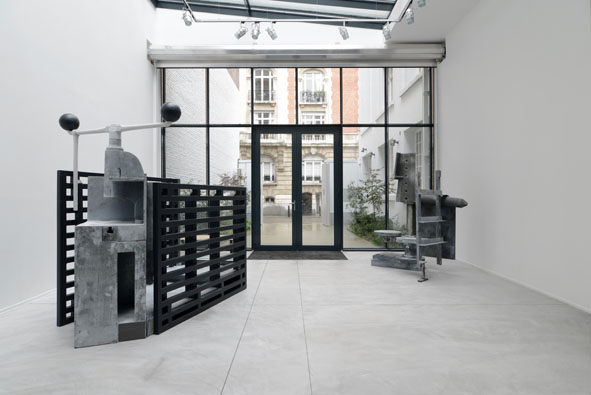
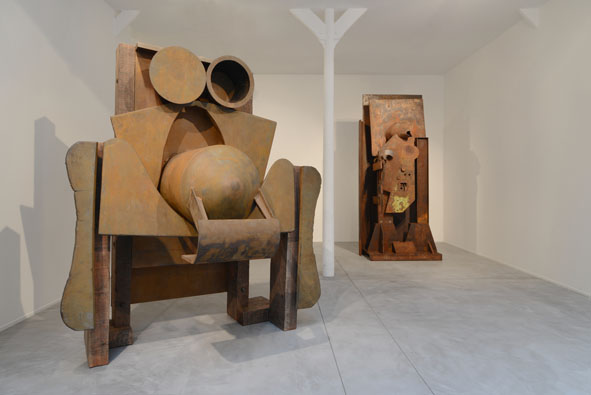
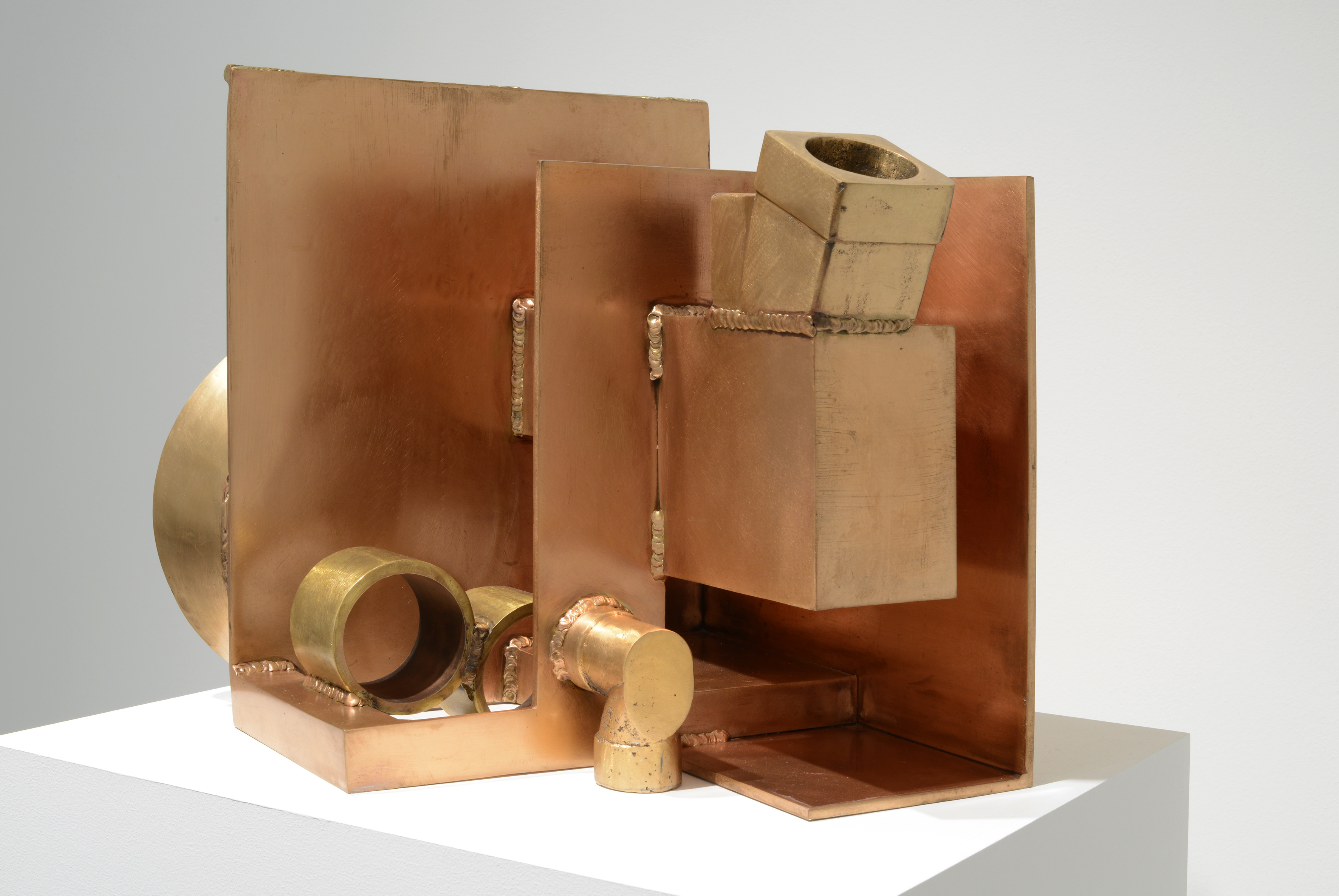
Born in 1924 and knighted by the Queen of England in 1987, Anthony Caro was one of the greatest sculptors of the past half century. As a former student of Henry Moore, the artist reinvented the language of modern sculpture, experimenting with wide range of different material. His work explored the abstract to the very fullest, evolving from the unfettered freedom of radical lines in the 1960s towards variations more influenced by narrative and figurative concerns. What emerges in these works is the abstract sculptural vocabulary that brought the artist to fame. But these new works are “haunted by the figure”, in the words of American art critic Karen Wilkin.
Their verticality resolutely seeks to explore figurative or even narrative associations: “Now that making sculpture abstract is no longer a hurdle, I feel free to explore a breadth of possibilities,” says Caro in the Upright Sculptures catalogue, published in 2010. Anthony Caro creates his sculptures from cast-off objects – a drinking trough, railway sleepers, a mooring post – whose original purpose is thus forgotten. In rusted steel, cast iron and wood, compressed inside the vertical structures that give them their name, the sculptures seem to be on the point of imploding. These works reflect Anthony Caro’s quest to create sculptures “with no exterior”, where all the significance lies in the depth.
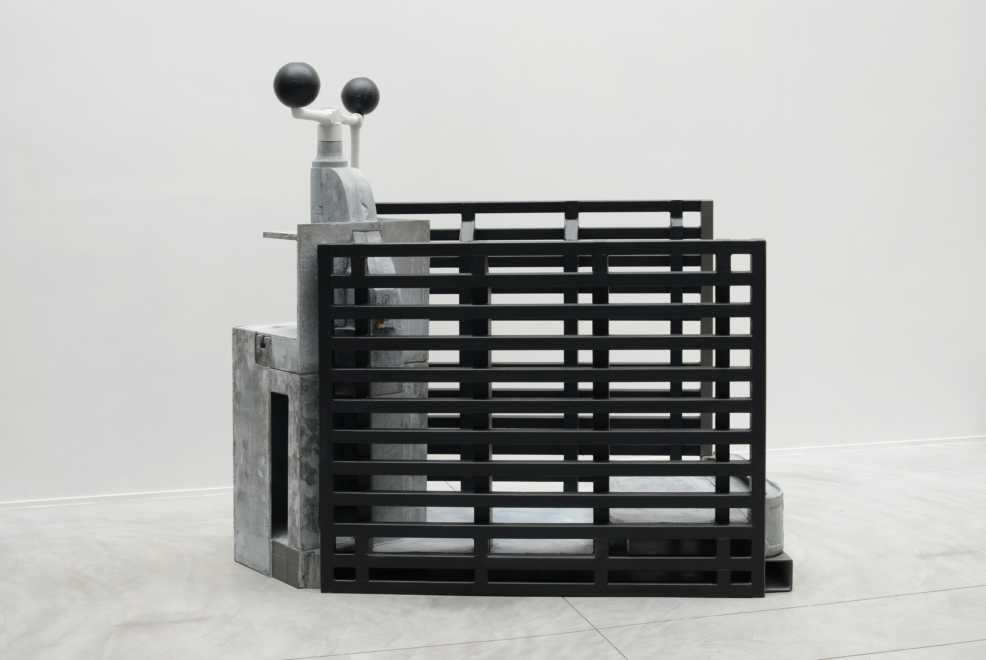
Kettle Drum
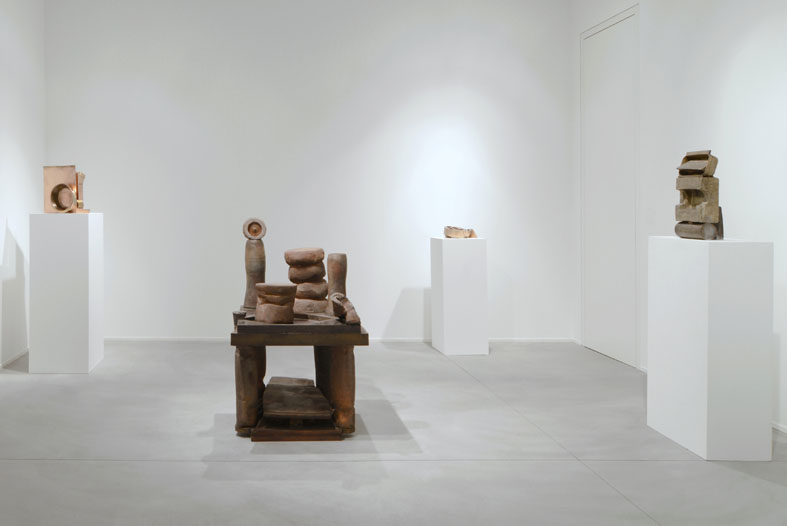
The artist
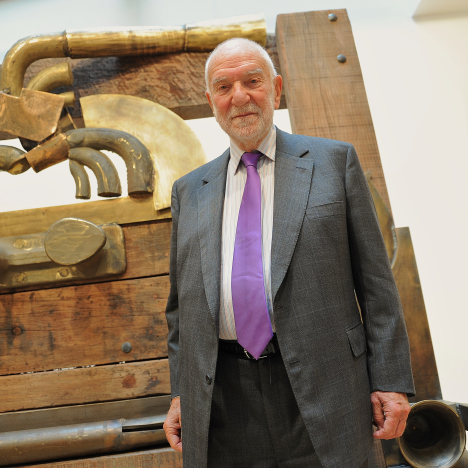
Anthony Caro was born in 1924 in New Malden, England, and died in 2013. Considered to be one of the greatest sculptors of the last fifty years, Sir Anthony Caro took the norms and even the definitions of sculpture in new directions. He experimented with a wide range of different materials, such as sculptures made from welded or assembled metal parts, painted metal constructions and bronze table-top pieces. His work is rooted in a radical exploration of space.
